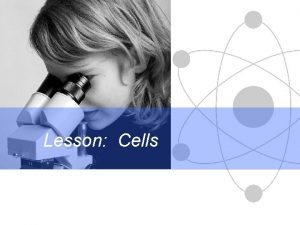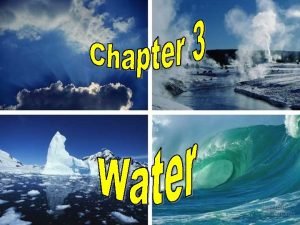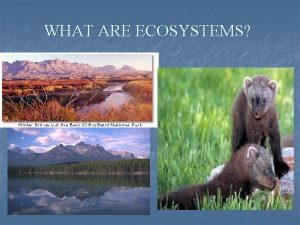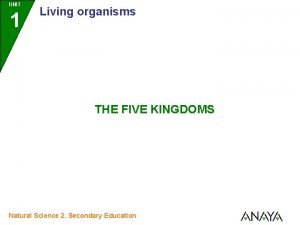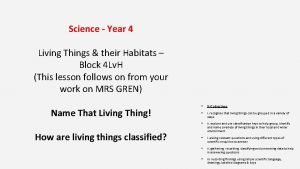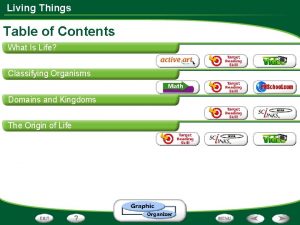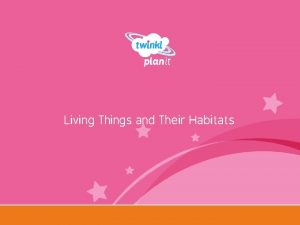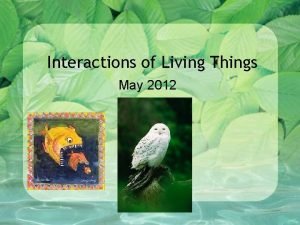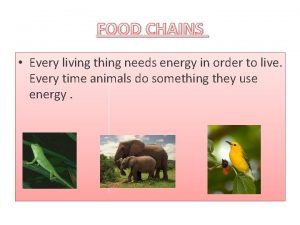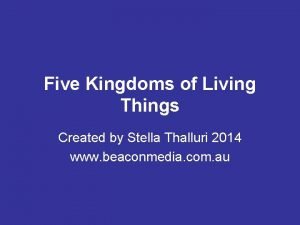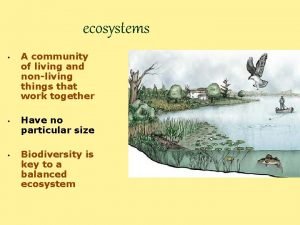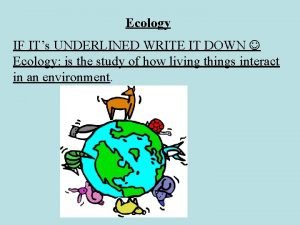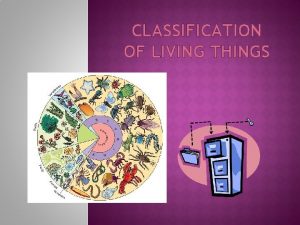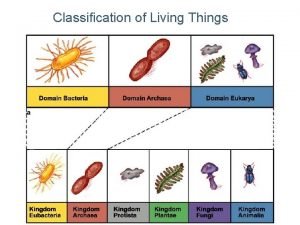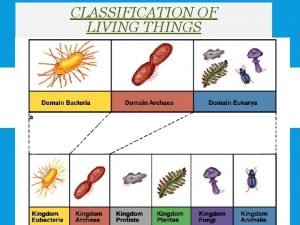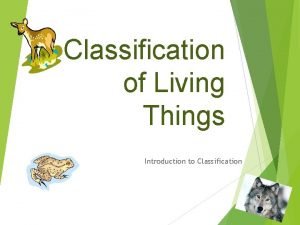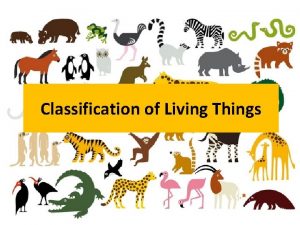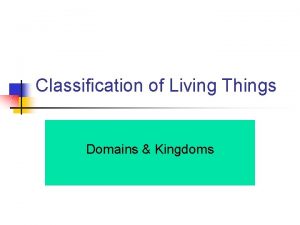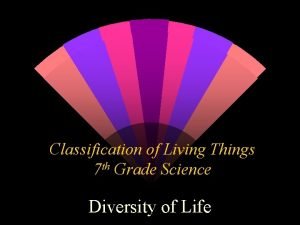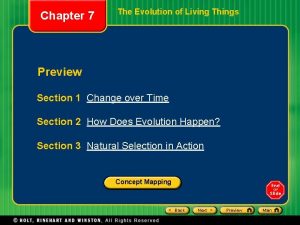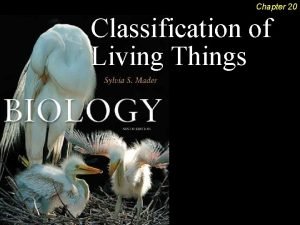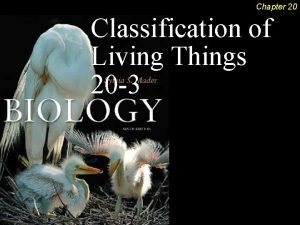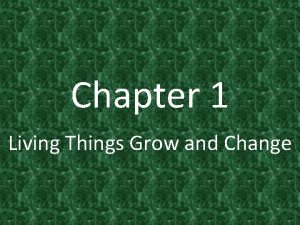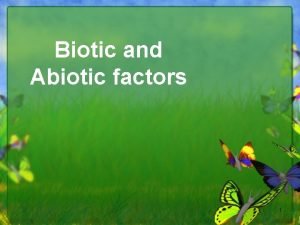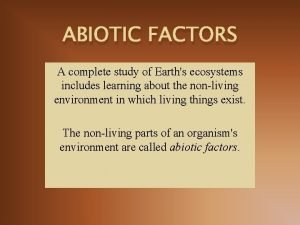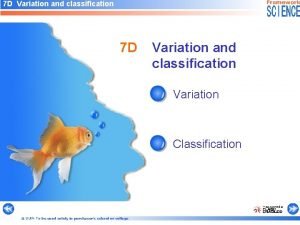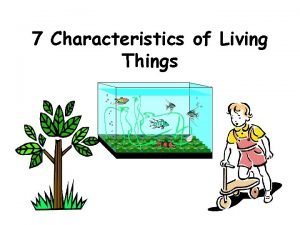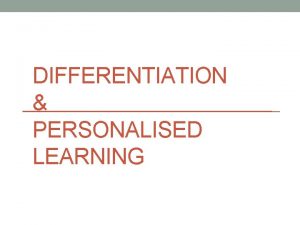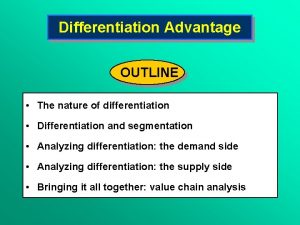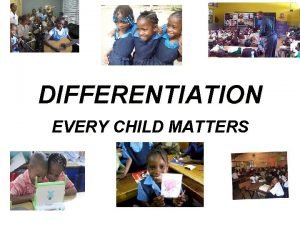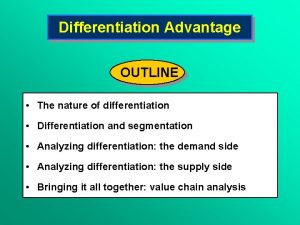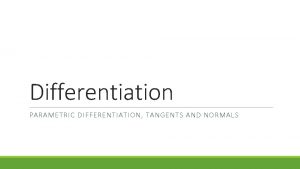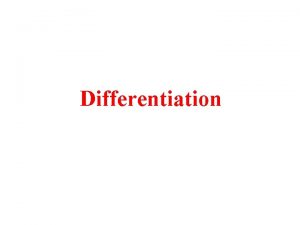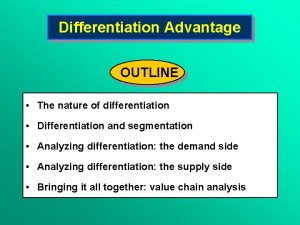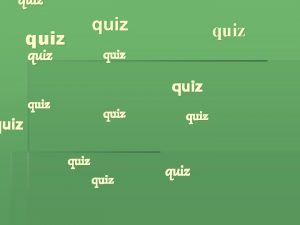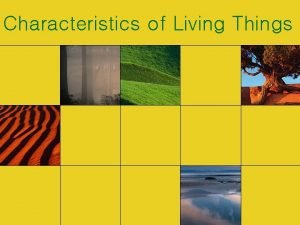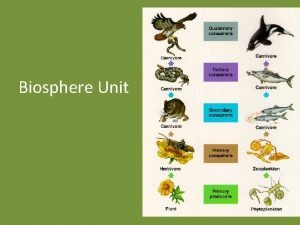Science Quiz Living Things Science Differentiation in action











































- Slides: 43

Science Quiz: Living Things

Science Differentiation in action Click the green button to go to the Question Board. LIVING THINGS

Science Differentiation in action Click a number to select a question. 1 2 3 4 5 6 7 8 9 10 11 12 13 14 15 16 17 18 19 20

Science Differentiation in action 1. The study of life is called: Click the blue button for the correct answer. FERNS

Science Differentiation in action 1. The study of life is called biology. Click the green button to go to the Question Board.

Science Differentiation in action 2. Living things need energy. Click the blue button for the correct answer. to give them A BALANCED MEAL

Science Differentiation in action 2. Living things need food to give them energy. Click the green button to go to the Question Board.

Science Differentiation in action 3. The release of energy from food is called: (similar to burning) Click the blue button for the correct answer. WOOD BURNING

Science Differentiation in action 3. The release of energy from food is called respiration. (similar to burning) Click the green button to go to the Question Board.

Science Differentiation in action 4. The process of taking in food is called: Click the blue button for the correct answer.

Science Differentiation in action 4. The process of taking in food is called feeding or nutrition. Click the green button to go to the Question Board.

Science Differentiation in action 5. Getting rid of metabolic waste is called: Click the blue button for the correct answer. A BOY SWEATING

Science Differentiation in action 5. Getting rid of metabolic waste is called excretion. Click the green button to go to the Question Board.

Science Differentiation in action 6. Making new life is called: 7. Click the blue button for the correct answer. A YOUNG PLANT

Science Differentiation in action 6. Making new life is called 7. reproduction. Click the green button to go to the Question Board.

Science Differentiation in action 7. Which characteristic of life do living things show when they grow towards light? Click the blue button for the correct answer. A PLANT GROWING TOWARDS LIGHT

Science Differentiation in action 7. Which characteristic of life do living things show when they grow towards light? Movement 8. or sensitivity Click the green button to go to the Question Board.

Science Differentiation in action 8. Animals and plants are surroundings. Click the blue button for the correct answer. to their

Science Differentiation in action 8. Animals and plants are sensitive to their surroundings. Click the green button to go to the Question Board.

Science Differentiation in action 9. Plants make their own: Click the blue button for the correct answer.

Science Differentiation in action 9. Plants make their own food. Click the green button to go to the Question Board.

Science Differentiation in action 10. We can use Click the blue button for the correct answer. to identify living things. A LEAFY SEA DRAGON

Science Differentiation in action 10. We can use keys to identify living things. Click the green button to go to the Question Board.

Science Differentiation in action 11. Animals that have a backbone are called: Click the blue button for the correct answer. A YELLOW FIN TUNA

Science Differentiation in action 11. Animals that have a backbone are called vertebrates. Click the green button to go to the Question Board.

Science Differentiation in action 12. Animals that do not have a backbone are called: Click the blue button for the correct answer. A JELLYFISH

Science Differentiation in action 12. Animals that do not have a backbone are called invertebrates. Click the green button to go to the Question Board.

Science Differentiation in action 13. Is a spider a vertebrate or an invertebrate? Click the blue button for the correct answer. A SPIDER

Science Differentiation in action 13. Is a spider a vertebrate or an invertebrate? invertebrate Click the green button to go to the Question Board.

Science Differentiation in action 14. By what process do plants make their own food? food Click the blue button for the correct answer. A TREE ABSORBING LIGHT

Science Differentiation in action 14. By what process do plants make their own food? food photosynthesis Click the green button to go to the Question Board.

Science Differentiation in action 15. What type of animal has hair or fur? Click the blue button for the correct answer. GORILLAS

Science Differentiation in action 15. What type of animal has hair or fur? mammals Click the green button to go to the Question Board.

Science Differentiation in action 16. What type of animal has scaly skin and no gills? Click the blue button for the correct answer. A SNAKE

Science Differentiation in action 16. What type of animal has scaly skin and no gills. reptiles Click the green button to go to the Question Board.

Science Differentiation in action 17. What type of animal has gills? Click the blue button for the correct answer.

Science Differentiation in action 17. What type of animal has gills? fish Click the green button to go to the Question Board.

Science Differentiation in action 18. What type of animal has feathers? Click the blue button for the correct answer. A SINGLE WHITE FEATHER

Science Differentiation in action 18. What type of animal has feathers? birds Click the green button to go to the Question Board.

Science Differentiation in action 19. Which of the following parts of a plant is used to make the most food? Stem Flowers Leaves or Roots Click the blue button for the correct answer.

Science Differentiation in action 19. Which of the following parts of a plant is used to make the most food? Leaves Click the green button to go to the Question Board.

Science Differentiation in action 20. Biology is the study of: Click the blue button for the correct answer. SEA CORAL

Science Differentiation in action 20. Biology is the study of life. Click the green button to go to the Question Board.
 Blue things
Blue things The smallest living unit of all living things is
The smallest living unit of all living things is Movement
Movement Science differentiation in action
Science differentiation in action Science differentiation in action
Science differentiation in action Tomato living or nonliving
Tomato living or nonliving Living non living dead
Living non living dead Why is water important to living things
Why is water important to living things Live n living
Live n living What are the 5 kingdoms of living organisms
What are the 5 kingdoms of living organisms Living things grow
Living things grow Living things meaning
Living things meaning Ecosystems examples
Ecosystems examples Biomolecule
Biomolecule Living things grow images
Living things grow images Jackal linnaean system
Jackal linnaean system 6 kingdom classification
6 kingdom classification Living things 20
Living things 20 Gets its energy from eating living things
Gets its energy from eating living things Producers of a food chain
Producers of a food chain 5 kingdoms
5 kingdoms Limiting factors
Limiting factors Gets its energy from eating living things
Gets its energy from eating living things Kingdom archaea
Kingdom archaea Domain of living things
Domain of living things Why do we classify living things
Why do we classify living things Key to the world
Key to the world Genus and species difference
Genus and species difference 5 groups of living things
5 groups of living things Domain of living things
Domain of living things What are the 7 classifications of living things
What are the 7 classifications of living things Living things meaning
Living things meaning How living things are organized
How living things are organized Structural adaptations examples
Structural adaptations examples Chapter 7 the evolution of living things answers
Chapter 7 the evolution of living things answers Categories of living things
Categories of living things Living things 20
Living things 20 Phylum class order
Phylum class order Living things grow and change
Living things grow and change Tissues group together to form
Tissues group together to form What are biotic factors
What are biotic factors Non living things outside
Non living things outside Vertebrates are classified as
Vertebrates are classified as 7 characteristics of life
7 characteristics of life



